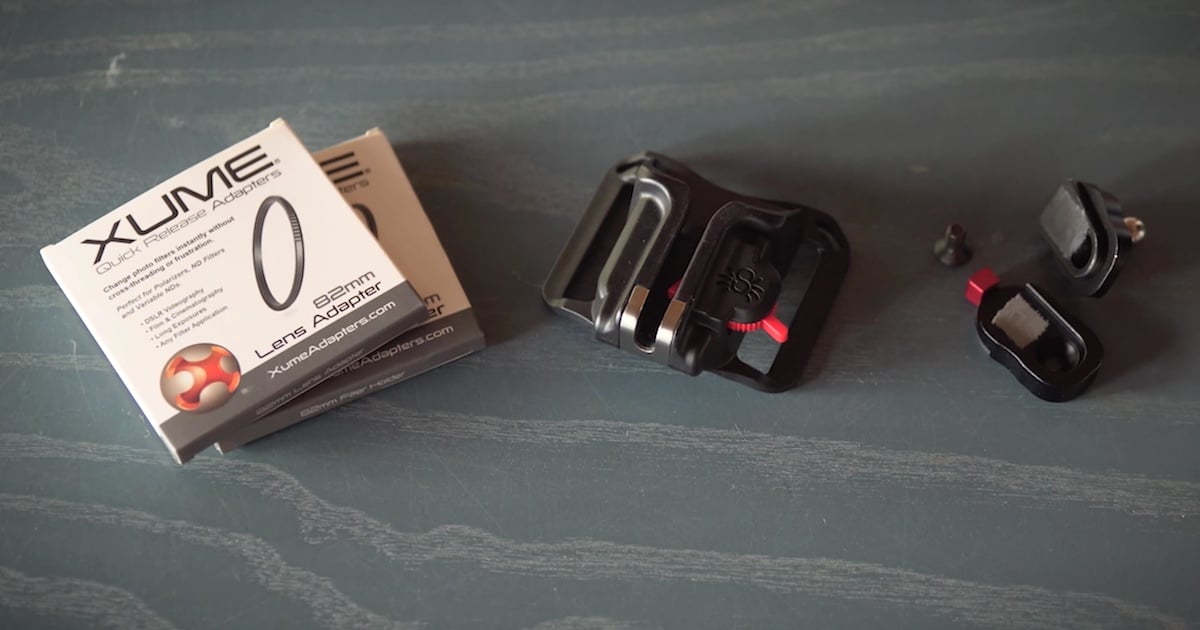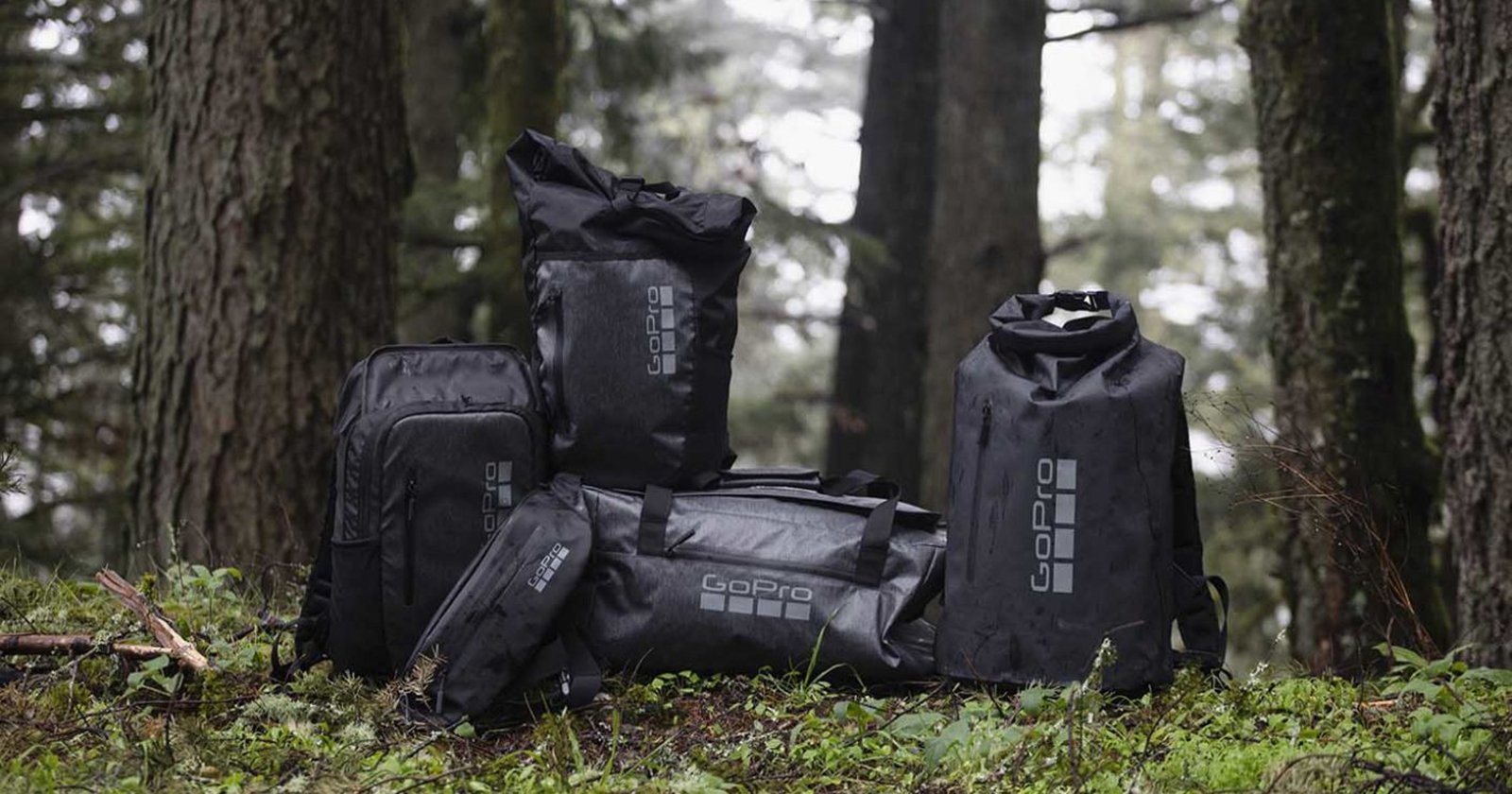7 Essential Camera Accessories for Photographers in 2024

After a camera body and a lens, the next most important thing in a photographer’s kit is their accessories. In this article, we will discuss the most basic and essential accessories that a beginning photographer should look into adding to their collection of gear.
Below we’ve rounded up our favorite current picks of the best camera accessories you can buy, from tripods to selfies sticks to flashguns to wireless triggers.
Table of Contents
1. Batteries, Grips, and Chargers

There’s nothing worse than heading out for the day, camera-in-hand, only to find that when arriving at the destination the battery’s as flat as a pancake. When buying a new camera there’s always a charger in the box, but when purchasing pre-owned that’s not always the case. It’s generally best to get an on-brand charger, such as a Nikon charger for a Nikon camera or a Canon charger for a Canon camera, and ensure it’s for the correct battery type too as many models, even within the same brand, have different batteries.
However, it may be useful to purchase a charger that can charge up multiple batteries at once. That way, you can use spare batteries, charge them up quickly and head out with enough juice to run all day.
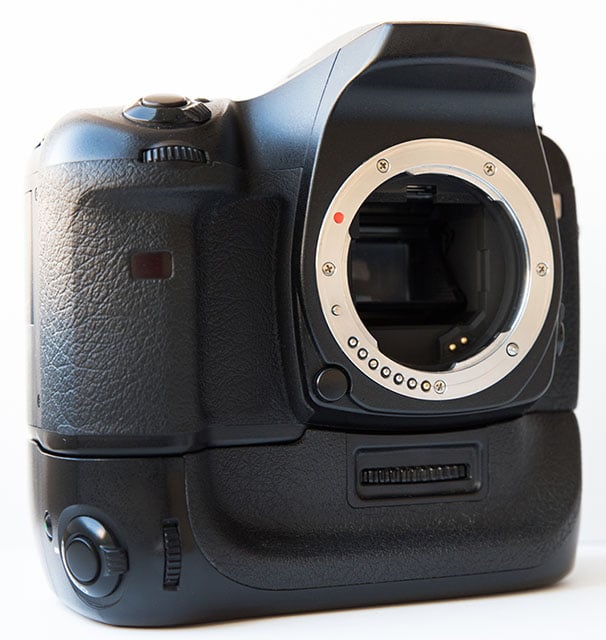
If your camera supports it, buying an optional battery grip add-on for your camera can let you shoot for longer before swapping out batteries while also improving your camera’s ergonomics.
2. On and Off-Camera Lighting
As soon as we start taking photography more seriously, or shooting in more challenging lighting conditions, artificial lighting can make a huge difference to upping our photography game. There are so many different types of lights that it can all be a bit daunting to newbies, but it’s pretty straightforward, actually.
There are two main types of lighting: continuous and flash. As the name suggests, continuous lighting is any light source that consistently outputs light, like a light bulb or a lamp. Flash lighting sends out one intense burst of light that normally far exceeds the maximum output of a continuous light source and that is useful for freezing moving subjects.

Continuous lights come in a variety of shapes and sizes, with the most common lighting relying on LEDs for their low power consumption. LED panels are a quick and efficient way to light subjects and are typically inexpensive, though more sophisticated options introduce lighting effects like mimicking gunshots or fire. Ring lights produce flattering, soft lighting for portraits and come in small, desktop-mounted versions and huge models that must be mounted to a dedicated light stand.
Continuous lighting recommendations:
- Flashpoint Photo/Video 19″ dimmable LED light
- Westcott uLite LED 2-Light Umbrella Kit
- NanLite LumiPad 25
- Rotolight NEO 2 On-Camera LED

Flash lighting is available either via speedlights or studio strobes. The former relies on battery power, they’re small and portable and are cheaper than studio strobes. Speedlights are a great way to get started in flash photography and for use on-location. Studio strobes are much more powerful but usually require mains power, which makes them suitable more for interior photography, or locations with access to power.
Flash lighting options:
- Flashpoint Zoom Li-on X R2 TTL On-Camera Round Flash Speedlight
- Profoto A1X flash
- Godox E300 Mini Photography Studio Strobe
- Westcott FJ400 Strobe 400Ws
3. Selfie Sticks
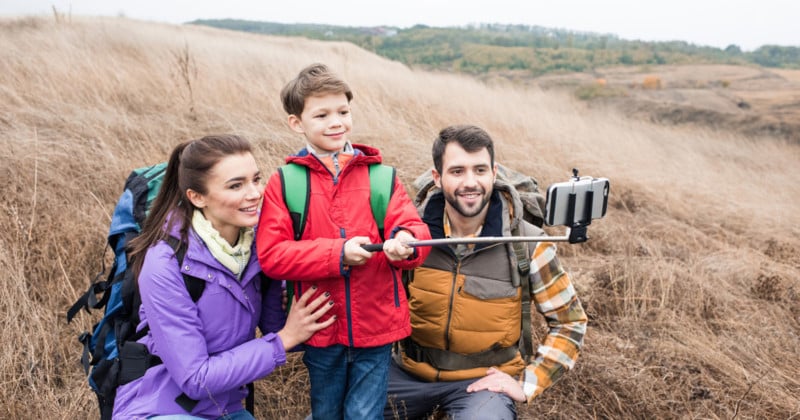
Like tripods, selfie sticks are used to hold a camera or smartphone away from the photographer in order to capture a selfie portrait. Some of the best selfie sticks have additional features such as Bluetooth triggering, multiple mounting options for smartphones, cameras, or action cameras, and they vary in length and weight.
Entry-level options we’d recommend would be:
- Vivitar 3-in-1 Extension Arm Selfie Stick (ideal for GoPros)
- SmallRig simorr ST20 Portable Selfie Stick Tripod (suited towards smartphones)
However, for slightly more sophisticated models that include more features, you can consider:
- Manfrotto Virtual Reality 4-Section Aluminum Selfie Stick (great for small 360 cameras)
- Ricoh TM-2 Selfie Stick (designed for use with the Ricoh Theta)
4. Tripods and Supports

Tripods are manufactured in two main materials: metal alloy and carbon fiber. While metal tripods are heavier they’re usually less expensive than carbon fiber tripods, which, despite the cost, are just as sturdy but much lighter.
Some tripods have extending columns that help extend the height of a camera while keeping the tripod form factor relatively short, making it easier to carry around. But typically this reduces the tripod’s stability. That means in high winds the camera can be more susceptible to motion blur when shooting at longer exposures.
For beginners we’d recommend:
Intermediate users may want to invest a little more in a decent tripod because they know they’re going to be using it more regularly, in which case we’d recommend:
For the ultimate performance, professionals (and those whose budgets stretch) should look for tripods such as these:
- Really Right Stuff TFC-24L Series 2 Mk2 Fixed Apex Ultralight Carbon Fiber Tripod
- Gitzo GT2542 Mountaineer Series 2 4-Section Carbon Fiber Tripod
5. Bags and Cases
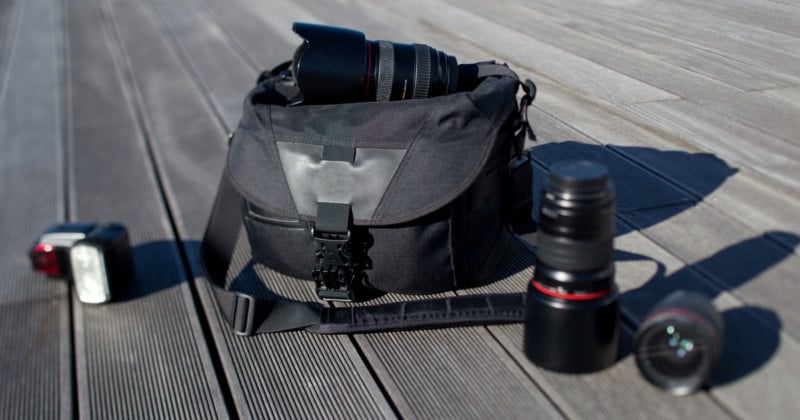
Camera bags and cases come in numerous designs and layouts. Recommending a specific camera bag is hard because each photographer is so unique in their requirements for both comfort and style. Some prefer to use a shoulder-slung bag, others want a small case or pouch to put in a larger rucksack, while others still want a backpack so they can hike long-distance or scramble over terrain with their hands-free. Check out our top pick of the latest camera bags below:
- Vanguard VEO RANGE 21M Small Messenger Camera Bag
- Manfrotto Advanced III Rolling Camera Bag
- Lowepro Fastpack PRO BP 250 AW III
- Ape Case ACPRO600 Compact DSLR Holster Camera Bag
6. Memory Cards

Having a camera that can shoot fast, or is capable of recording high-resolution video is one thing, but when paired with a slow memory card it often bottlenecks data flow and slows down the camera’s ability to shoot. But card speed must be balanced with cost-effectiveness, so it’s not just about getting the biggest number but also a good price, too. Here are a few cards we’d recommend to get going:
- SanDisk 256GB Extreme PRO UHS-I U3 SDXC
- Lexar Professional 1667x 128GB SDXC UHS-II/U3
- Prograde Digital 128GB SDXC UHS-II U3
- Sony SF-G Series TOUGH 128GB UHS-II Class 10 U3
7. Wireless Camera Triggers

There comes a time when taking the picture behind the camera just isn’t feasible. Whether it’s a self-portrait, group shot that the photographer must be in, or triggering in awkward circumstances, sometimes it’s just easier to use a wireless trigger. Otherwise known as a remote shutter release, a wireless trigger also reduces camera shake blur from touching the camera, handy for keeping shots sharp under long exposures. Some also come with in-built features such as interval timing or delay modes for timelapse etc.
Our current favorites are below:
- Flashpoint Wireless Wave Commander Remote Shutter Release
- Hahnel Captur Pro Module
- Bower RCWS1R Wireless
There is a universe of useful accessories you can buy as a photographer to improve your work and/or make your life easier, but these are some of the basic ones you should consider carrying with you in your kit.
Image credits: Photos licensed from Depositphotos
